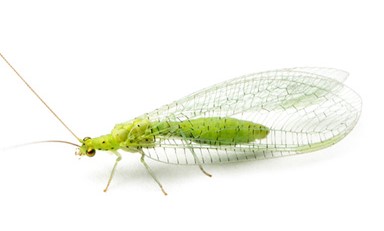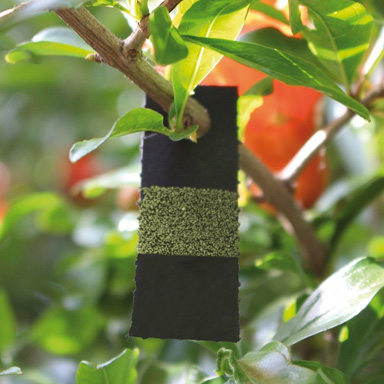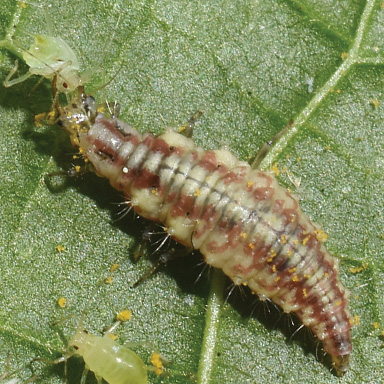
Pest control is tricky to get right. You can get away without worrying about pest control if you’re just looking after a single houseplant. However, if you are growing in any size of greenhouse, pests are largely inevitable. Taking preventative measures is the best way to prevent disease or infection — just make sure that any chemical preventatives don’t cause just as much damage to your plants.
When it comes to pest control, organic is the way to go. Synthetic chemical pesticides are often saddled with harmful environmental effects and can cause damage to your crop if mishandled. Lacewings are a great form of organic pest control for soft-bodied insect pests such as aphids or whiteflies. Once a lacewing population is introduced and settles into your garden or greenhouse, pest control goes on autopilot, leaving you free to worry about the more rewarding aspects of gardening.
What is a Lacewing?

Lacewings are a type of insect found in multiple families, from the fuzzy Dilaridae to the brown Hemerobiidae. Chrysoperla rufilabris, the primary species of lacewing used by ARBCO organics, are bright green and have a unique red coloration on their heads. For an insect, lacewings have a very good sense of hearing. In the wild, lacewings can detect the echolocating cries of bats, which are a natural predator of lacewings. Upon hearing a bat, lacewings will press their wings tightly to their body and drop from the air.
In a garden or greenhouse, the most important trait of the lacewing is not its ability to prevent itself from becoming bat food. Instead, green lacewings are beloved by gardeners because they devour soft-bodied pests and do not eat your plants. Though lacewings will happily eat any type of soft-bodied insects, they are primarily used as a means of aphid control in agriculture. When comparing the lacewing to another famous aphid-eater, the ladybug, lacewings consume more aphids per day and have less of a proclivity to abandon your garden by flying away.
Lacewings are commercially available in each of the species’ three stages of life: egg, larvae, and adult. Use the simple guide below to decide what stage lacewing to introduce to your crop.
Introduce lacewing eggs to your plants when you are looking to establish a population at the start of the growing season. It can take between 3-10 days for the eggs to emerge, and the larvae inside the eggs generally want it to be over 70 degrees Fahrenheit before they hatch.

Introduce lacewing larvae to your plants if you are combating an immediate pest infection. Lacewings only eat aphids and other pests in their larval stage. However, lacewing larvae can eat well over 200 aphids per week if the supply is available. Once two to three weeks have passed and the larvae have stuffed themselves with a buffet of common pests, they pupate.
Introduce adult lacewings to your growing operation if you are looking to establish a self-sustaining lacewing population. Unlike larvae, adults only eat pollen, nectar, and honeydew (We’re not talking about the fruit! This use of honeydew refers to a sticky secretion left behind by aphids). Consuming honeydew usually triggers the release of eggs by a female, as this indicates that the larvae have a viable food source.
Aphids are notoriously pernicious! Lacewings are an excellent first line of defense against them before infestations cause damage. Use in conjunction with sticky traps to monitor infestation levels and adjust control measures as needed. ARBICO Organics offers fast, direct shipping of all three varieties of lacewing from their Arizona headquarters. For over 40 years, ARBICO Organics has continued to produce innovative means of natural biological pest control and fertilizer for the hobbyist and professional grower alike.
Related Articles & Free Email Newsletter Sign Up
How to Deal With 5 Common Houseplant Pests
Product Review: NeemAttack Beads Offer Simple, Environmentally Safe Pest Control


Comment here